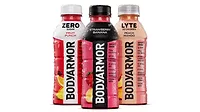Functional benefits remain central to sports, protein drink market growth
Health and wellness trends prompt innovation
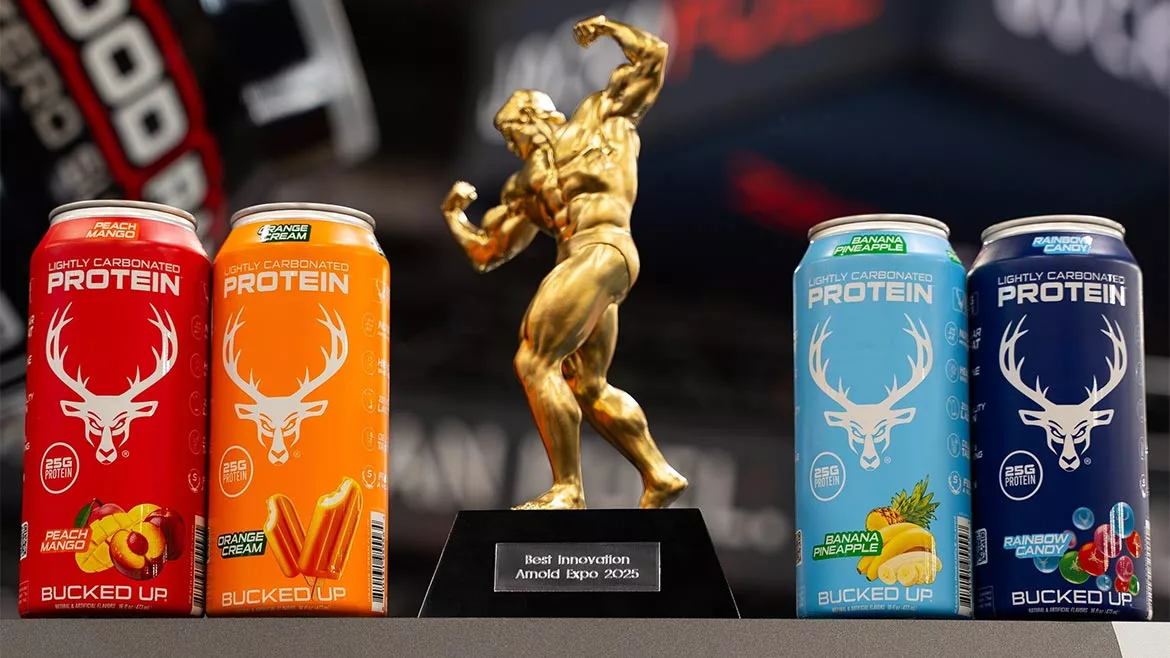
Image courtesy of Bucked Up
In the 1982 hit single “Muscles,” Diana Ross sings about her penchant for strong men. “I don’t care if he’s young or old / Just make him beautiful / I just want some strong man to hold on to / I want muscles / All, all over his body,” Ross sings.
Within the beverage industry, although the sports and protein drink markets traditionally were associated with muscle building and high-intensity training, today’s consumers look to these beverages to support their active lifestyles and overall well-being, experts note.
“The rise of fitness-focused lifestyles has fueled demand for sports and protein drinks that go beyond hydration and muscle recovery,” says Mitch Madoff, head of retail partnerships at Keychain, New York. “Consumers want products that fit their holistic wellness goals, leading brands to innovate with clean ingredients, low sugar, and added benefits like electrolytes and plant-based proteins.”
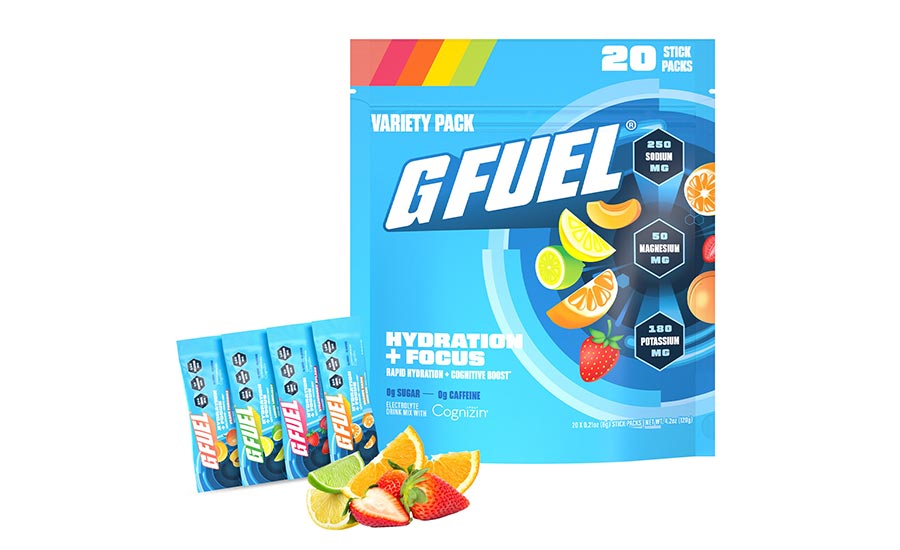
Paige Leyden, associate director of foodservice, flavors, and ingredients reports at Chicago-based Mintel, echoes similar sentiments.
“The elevation of fitness lifestyle consumer trends has significantly influenced the U.S. sports and protein drink markets,” she says. “With consumers prioritizing active lifestyles and physical well-being, demand has shifted toward functional beverages that support these goals. This has driven key developments, including increased consumption, inventive product offerings, broader appeal, and gender-specific marketing.”
Sherry Frey, vice president of total wellness at NielsenIQ (NIQ), Chicago, notes that fitness lifestyle trends are impacting these markets outside of traditional retailers — particularly the protein drink market.
“For instance, we see both are in the Top 15 food categories sold on TikTok shop (sports drinks No. 8 and protein drinks No. 13),” she explains. “In fact, when just looking at online sales, 24% of protein drinks are sold online while only 16% of sports drinks are, indicating we’re seeing consumers influenced in outlets other than traditional retailers. This has impacted the household penetration.”
Frey adds that NIQ Omnishopper data for the 52 weeks ending Feb. 22 show that there is 30% household penetration in protein drinks compared with 75% in sports drinks. “Protein drinks have gained 2.8 points of household penetration in the last year, while sports drinks dropped 1.6 points,” she says.
As far as how the sports drink and protein drink markets performed in the past year (xAOC + convenience), Frey notes that sports drinks were down 0.9% in dollars and 3.7% in units for the 52 weeks ending March 22. Meanwhile, protein drinks were up 22.5% in dollars and 18.6% in units.
“While protein drinks are growing, it is a much smaller category (about one-tenth the size) of sports drinks,” Leyden explains.
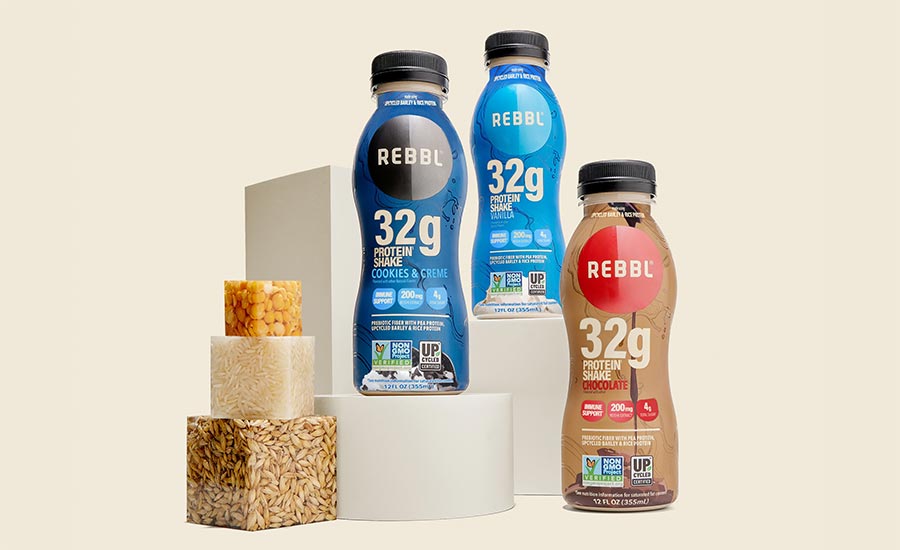
Roger Dilworth, senior analyst at Beverage Marketing Corporation (BMC), Wintersville, Ohio, notes that sports drinks declined in volume by 2.5% in 2024 with retail dollars essentially flat.
“Protein drinks, on the other hand, grew volume by 11.5% and retail dollars by 16%,” he says. “Since sports drinks are of much longer vintage than protein drinks, at least in the RTD realm, fitness lifestyle consumer trends seem to have benefited protein drinks more than sports drinks.”
Market transformations
Alongside consumer trends, experts note that functional/hybrid beverage trends are influencing the sports and protein drink categories.
Mintel’s Leyden explains how these beverage trends are reshaping the sports and performance drink markets by driving innovation and expanding appeal.
“These trends have led to a blurring of traditional beverage categories, broader consumption occasions, and a focus on versatility and flavor,” she says. “This evolution is fueling market growth and attracting a wider range of customers seeking creative and adaptable beverage options.”
Keychain’s Madoff also notes that the blurring of category lines has enabled these markets to reach a broader range of consumers.
“Functional and hybrid beverage trends are blurring category lines, with sports and protein drinks adding probiotics and immunity-boosting ingredients to reach a wider audience beyond just athletes,” Madoff says. “Brands like poppi and Olipop have popularized prebiotics, encouraging other beverage categories to follow suit and cater to today’s health-conscious consumers.”
BMC’s Dilworth, meanwhile, suggests that functional/hybrid trends are having some impact, probably more on the protein drink category, as there are likely more varieties introduced with coffee and vitamins, and minerals.
“Sports drinks, since they’re often used before and during vigorous aerobic activity, likely have a stricter purview in terms of what additional ingredients can be added safely,” Dilworth explains.
NIQ’s Frey notes that the continued blurring of lines extends across all beverage categories.
“For instance, non-alcoholic beverages are increasingly looking like functional beverages,” she says. “We see a focus on hydration across supplements and beverage enhancers, which is also showing up increasingly in beverages. Within protein drinks, we’re seeing claims reducing fatigue, muscle health, energy, performance, brain health and even hydration health.”
Frey adds that NIQ also is seeing growth in organic sports drinks as well as new item growth in clean label claims such as natural flavors, natural sweeteners and free from artificial sweeteners.
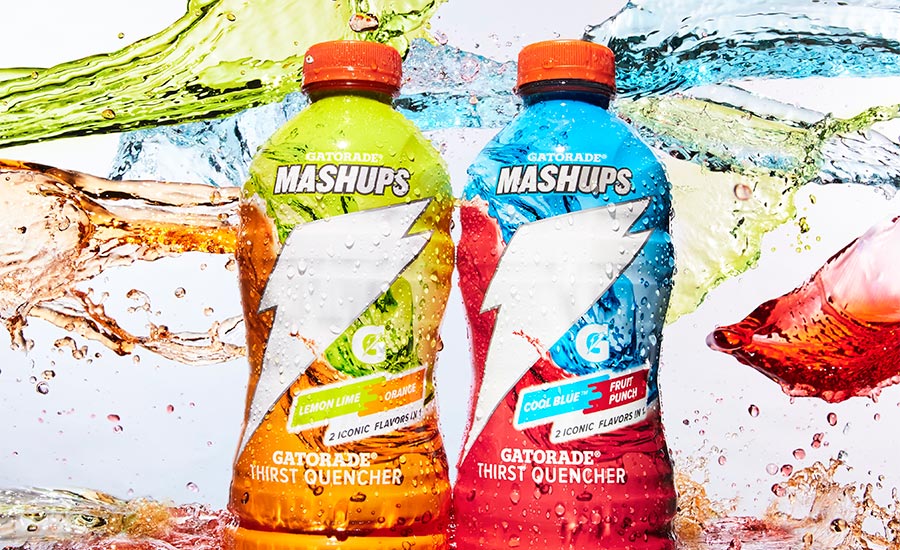
Keychains Madoff says that the shift toward natural and organic products is transforming the sports and protein drink markets, pushing brands toward clean-label formulations.
“Consumers are paying closer attention to ingredients, favoring products free from artificial sweeteners, colors and preservatives,” he explains. “This demand has fueled innovation in organic-certified, plant-based protein drinks like Ripple and natural electrolyte-replenishing sports drinks like Nuun.”
Mintel’s Leyden echoes similar sentiments, noting that demand for clean label is cultivating innovation.
“These preferences are fostering innovation and creating opportunities to cater to youth and families, while also enhancing consumer trust,” she says. “Thirty-eight percent of consumers look for all-natural claims compared to 23% of consumers who look for organic claims when purchasing sports drinks.”
Meanwhile, BMC’s Dilworth says that there seems only to be a small impact of natural and organic on the sports and protein drink markets.
“[T]here will always be a segment of the population that seek those attributes, but it’s not a major component of either market so far,” he explains.
In terms of protein drinks, and whether recovery-based products dominate the market, or are more centered on meal replacement, Dilworth asserts that, “it’s difficult to measure what percentage is used for recovery and what is used for meal replacement.”
“RTD protein drinks would likely tend to be more for meal replacement, while serious ‘muscle-heads’ would likely opt for protein powders,” he says. “Plus, as the protein drink and meal replacement categories merge de facto, there are many people — particularly seniors — that consume protein drinks interchangeably with adult nutrition products like Ensure.”
NIQ’s Frey anticipates more growth coming from the recovery-based products, versus the meal replacements.
Keychain’s Madoff suggests that as people prioritize their health and wellness, protein drinks like Muscle Milk and Orgain have become popular for supporting post-workout recovery — helping consumers replenish nutrients and aid muscle repair after exercise.
“At the same time, the demand for meal replacement protein drinks is rising, as busy lifestyles make quick, on-the-go options more appealing,” he says. “While many consumers still prefer whole foods, brands like Huel, Soylent, and OWYN are catering to those on the go by offering plant-based, nutrient-dense drinks that replace full meals, providing a convenient solution for those with hectic schedules.”
Going forward
As the sports and protein drink markets continue to innovate to meet consumer need states, experts anticipate how future trends will influence these markets going forward.
“For sports drinks, there could be a renewed interest in formulating with coconut water, given that coconut water has been growing rapidly lately,” BMC’s Dilworth says. “Sports drinks could face sharper criticism for their ingredients, so marketers may proactively look to improve them to include more natural and organic.
“Protein drinks could begin to emphasize more niche attributes, such as adding more collagen or calling out that the protein source is ‘grass fed’ and the like,” he continues. “There should be continuing advancements in plant-based proteins, including from sources not known today.”
Keychain’s Madoff considers personalization and sustainability to be major trends shaping the future of the sports and protein drink markets.
“We’ll likely see more products tailored to specific needs, like hydration drinks for endurance athletes or protein blends for different metabolic types,” he says. “Sustainability will also play a big role, with eco-friendly packaging and ethical sourcing helping brands stand out.
“Influencer collaborations are another trend to watch,” Madoff continues. “Take MrBeast and Logan Paul’s partnership with PRIME Hydration as an example — they created a tropical-flavored drink that tapped into their huge fan bases, helping PRIME reach an even wider audience.”
NIQ’s Frey anticipates that the protein drink market will continue to innovate with enhanced nutritional products, while the sports drink category might face continued challenges in the next year.
“Across the store, we continue to see consumers looking for products that meet specific health and need states, like digestive health, immunity, metabolism support, performance support, brain health, inflammation support, hydration, and even mood and stress,” she says. “Sports and protein beverages, and other beverages, will likely lead the way on meeting the needs of these consumer priorities.
“We anticipate that we will continue to see enhanced nutrition, for example, seeing growth in protein drinks that are a ‘good source of fiber’ and beneficial nutrients such as calcium, iron, minerals, etc.,” Frey continues. “We also anticipate continued evolution around formulations and sugar as we see shifts in the category around both reduced sugar as well as added sugars.”
BMC’s Dilworth expects the sport drinks market to slightly decline in the next year, while the protein drinks market will see continued growth.
“Sports drinks are expected to decline, but at a slower rate than in 2024. Retail dollar sales should grow in the 1% range,” he says. “Protein drinks will continue to grow volume and retail dollars near or at double-digit rates.”
Mintel’s Leyden, meanwhile, predicts that consumers’ increased interest in nutritional benefits will drive demand for both markets in the coming year.
“Expanded consumption occasions, with more people integrating these drinks into daily routines, will drive demand,” she says. “Flavor innovation will also be a key focus, as brands introduce diverse options to attract and retain customers. The ongoing demand for functional benefits, such as nutritional support, energy boosts, and recovery features, will remain central.
“Brands that align with these trends and prioritize consumer health goals can expect to see continued success,” Leyden concludes.
Looking for a reprint of this article?
From high-res PDFs to custom plaques, order your copy today!






